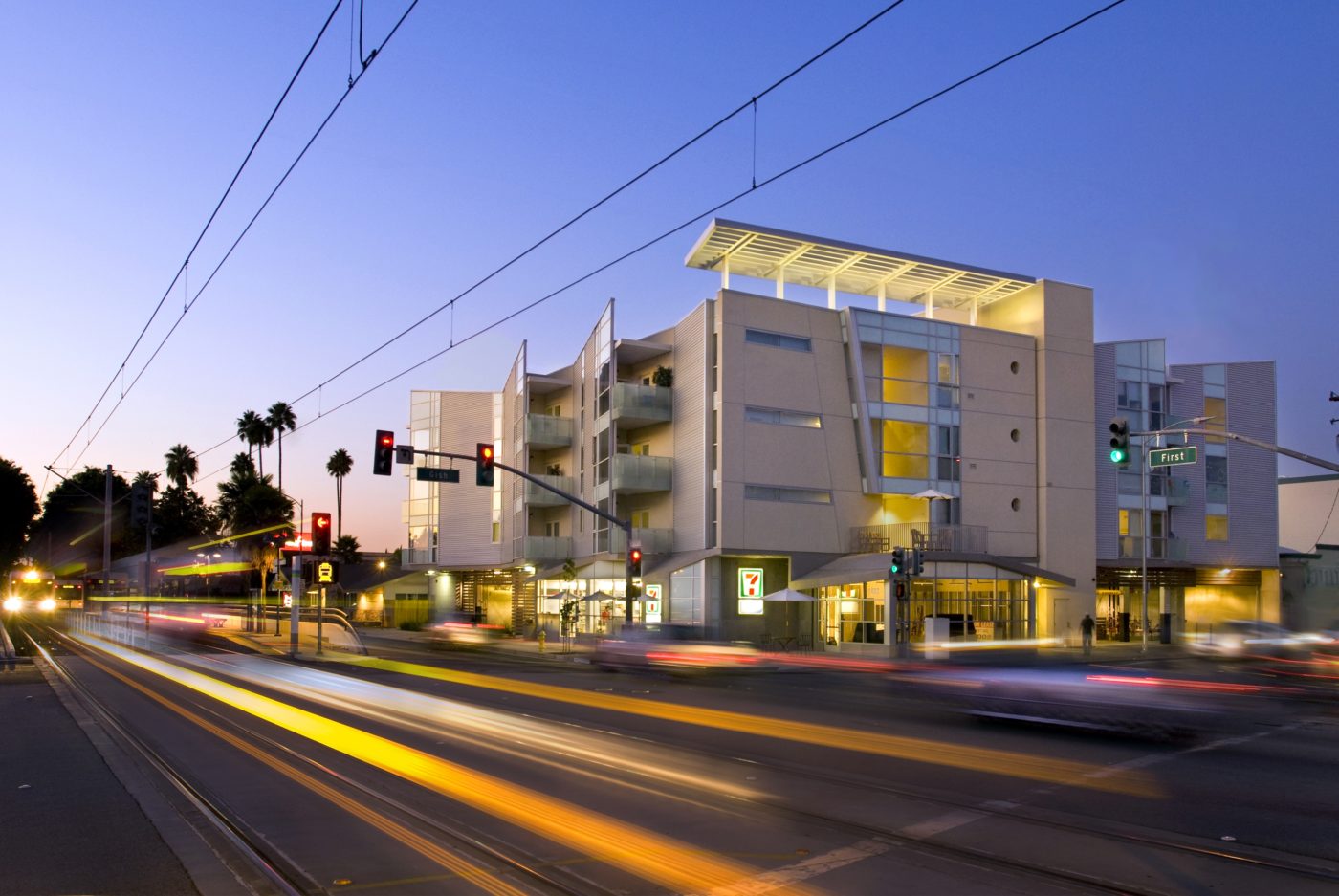San Jose City Staff presented their latest proposal to update its Affordable Housing Siting Policy on October 13th. SV@Home and our partners of the Race Equity Action Leadership Coalition (REAL Coalition) were pleased to see that the City is taking a promising, positive direction in ensuring that affordable housing is spread throughout San Jose in a way that both holds historically exclusive communities accountable and provides the resources that historically redlined communities deserve. The REAL Coalition sent a letter to City staff outlining the needed changes to make the policy more equitable.
The Affordable Housing Siting Policy (click here for the City’s webpage) seeks to impact how and where San Jose’s affordable housing funding resources are invested. This policy has a long history since it was last known as the “Dispersion Policy” when it was crafted in 1988. It underwent major updates in 2017 from Council’s direction to align with San Jose’s Envision: 2040 General Plan’s goals to focus development in mixed-use, walkable Urban Village areas, concentrating growth near transit corridors throughout the city. Importantly, the City Council also wanted the policy to be consistent with federal and state guidance on fair housing. The now-called “Affordable Housing Siting Policy” also intends to help the City affirmatively further fair housing, consistent with federal and California fair housing laws, while delivering much-needed affordable housing throughout San Jose.
However, the City Council’s direction in 2021 sought to use crime and poverty data to divert affordable housing resources to historically exclusive, predominantly white neighborhoods and away from historically redlined, disinvested neighborhoods that are predominantly Black, Indigenous, and People of Color (BIPOC). This resulted in further stigmatizing affordable housing as communities that only serve poor, criminal, Black, Latinx and Asian community members that should aim to move out of their neighborhoods if they want to live in a better one. Although affordable housing has disproportionately been built in historically disenfranchised areas of our city, and we can no longer allow affluent areas to prevent low-income households from accessing affordable housing there, the impacts of redlining still linger today. They require significant investments to make up for the heavy shortfall of housing affordability needed in communities repeatedly harmed by public policy.
This policy is an effort to address the racist policies of redlining, segregation, and discrimination that have shaped San Jose and the life expectancies of everyone who lives there. Starting last year, this discussion has been dominated by maps that divide the City into “high” and “low,” “good” and “bad” areas, and “worthy” and “unworthy” of investment. The focus needs to be on expanding access to areas with resources and investing resources in communities harmed by past and present disinvestment by the public and private sectors.
This is an important opportunity to tell the City that affordable housing is a community asset, not a burden. We can expand affordable choices in well-resourced neighborhoods without depriving historically underinvested communities of access to affordable housing.
SV@Home is working with the REAL Coalition to advocate for the Affordable Housing Siting Policy to deliver outcomes that reverse redlining by providing affordable housing throughout all of San Jose, including communities that have been purposely barred from the resources they need for upward mobility. Thanks to our vocal involvement in public meetings and joint letter writing, the City of San Jose staff has proposed major changes that are responsive to our comments:
Abandoning poverty and crime statistics as the basis of locating affordable housing in San Jose;
- Abandoning poverty and crime statistics as the basis of locating affordable housing in San Jose;
- Changing the problematic classification of San Jose neighborhoods from ranked-based categories to “Affordability Expansion Areas” (i.e., historically exclusive communities) and “Continued Investment Areas (i.e., historically redlined communities); and
- Prioritizing data collection and evaluation over a predetermined shift in affordable housing funding allocation target after a short term of policy implementation.
After the five years, staff would evaluate whether investment goals were met and shift investments as appropriate. The focus is collecting data on the amount of affordable housing incentivized in Affordability Expansion Areas before modifying targets for the percentage of housing funds committed to developments in those areas where barriers have persisted and prevented affordable housing development.
Advocacy Alert!
Send a Letter to San Jose City Council with just a few clicks: Siting Policy Campaign Letter. Updates to the Affordable Housing Siting Policy will be heard by the Community and Economic Development Committee (CED) of the City Council on Monday, November 28th at 1:30 P.M. (Attend via Zoom link here). Next, it will shortly after go to the City Council on Tuesday, December 6th at 6:00 P.M. (Attend via Zoom link here). Sign up for alerts to give public comment on the Siting Policy. The next new City Councilmembers will be sworn-in following the November General Election in January 2023.
We need your voice as advocates to ensure the City stays on course and to hold our leaders accountable.
Reach out with questions or support to Kenneth Javier-Rosales at kenneth@siliconvalleyathome.org.

